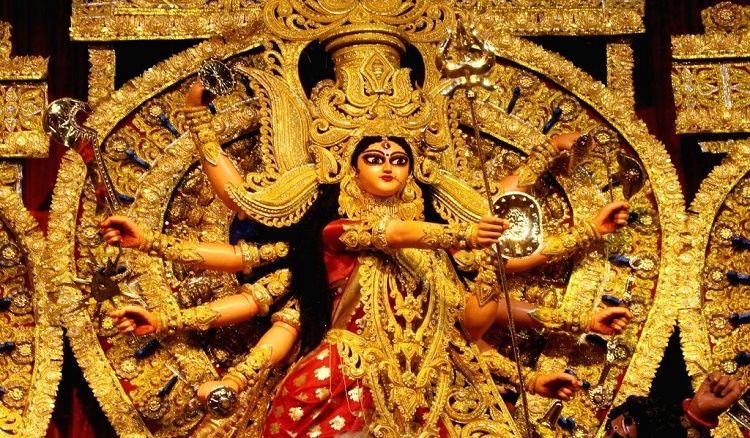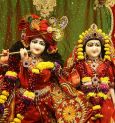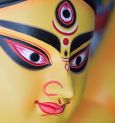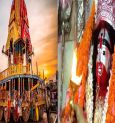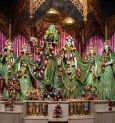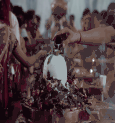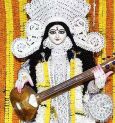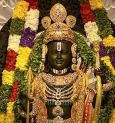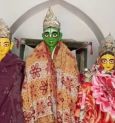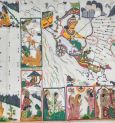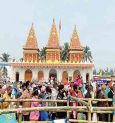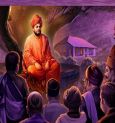In Hindu mythology, the goddess Durga is renowned for her ten-armed form, each hand wielding a distinct weapon, with her trident piercing the formidable demon Mahishasura. This iconic image of Durga is well-known to all, accompanied by the chants and mantras that invoke her presence. However, ‘Durga’ doesn't simply mean the slayer of demons. Hindu scriptures reveal various facets of this goddess.
Durga's introduction is often associated with the Mahalaya, marking the end of the ‘Pitri Paksha’ and heralding the ‘Devi Paksha’. The iconic ‘Mahishasura Mardini’ hymn echoes across the radio waves during this period, resonating with the tales of Chandi. Listening to these hymns, one can't help but conjure the image of Durga as the fierce warrior goddess.
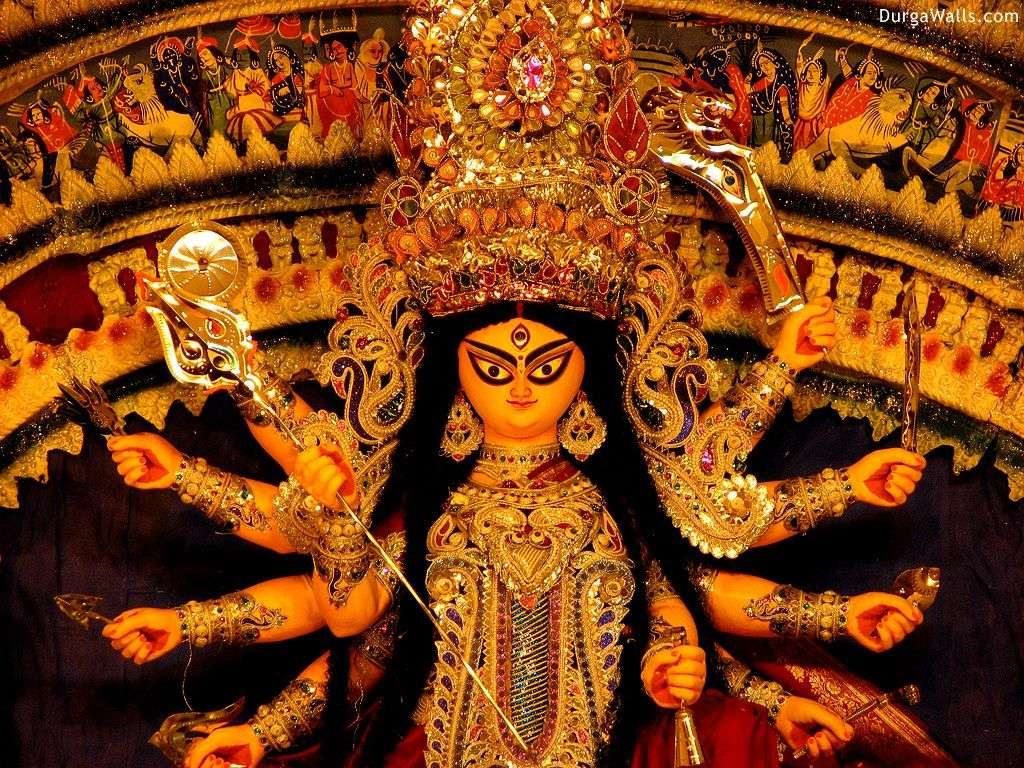
Interestingly, her portrayal in the contemporary Durga Puja festivities may differ from her ancient depictions. The traditional image of Chandi, adorned with a necklace of demon heads, has evolved over time. While the Adi Matrka (mother goddess) form of Durga is less commonly seen, the goddess with her trident or without demons under her feet is widely recognised, even in modern renditions.
However, there's more to Durga than meets the eye. Her name ‘Durga’ holds various connotations, representing her dual nature. On one hand, she is the warrior goddess atop the mountains, the protector of the righteous. On the other hand, she is the gentle goddess residing in the Maru Kanta forest, nurturing and abundant. In the context of Chandimangal, she is an Aryikarana, a harmonious blend of the agricultural and animalistic aspects of life.
Scriptures affirm that she dwells in forests, rivers, and caves, aligning her with the wild. Yet, her worship rarely includes elements of untamed nature. Instead, she's often linked with the domestic sphere, symbolized by her role as the mother of Ganesha, Kartikeya, Lakshmi, and Saraswati. Thus, her worship transcends mere rural or urban settings.
To delve into the interpretation of Durga as the demon-slaying goddess, we turn to the Markandeya Purana. Here, she is granted the duty of annihilating the demons Mahishasura, Dhoomralochana, Shumbha, and Nishumbha. This is the primal Durga, the one who rides into battle. But, interestingly, this narrative doesn't explicitly connect her to Mahishasura in all her forms.
In this tale, she is primarily Durga, the warrior, embodying fierce determination and courage. Chandika, however, is a different form, known for her wrathful aspect. The two goddesses are distinct yet interconnected, and their worship represents a unique duality.
In conclusion, the multifaceted nature of Durga transcends the boundaries of simple symbolism. The rich tapestry of her avatars, from Chandi to Aryikarana, reflects the diverse facets of life itself. Whether as the warrior goddess atop a mountain or the nurturing deity of the forest, Durga's essence embodies the harmony between agrarian and animal life. Her worship, rooted in tradition, carries within it gratitude for a bountiful harvest and the celebration of nature's abundance.
 বাংলায় পড়ুন
বাংলায় পড়ুন


